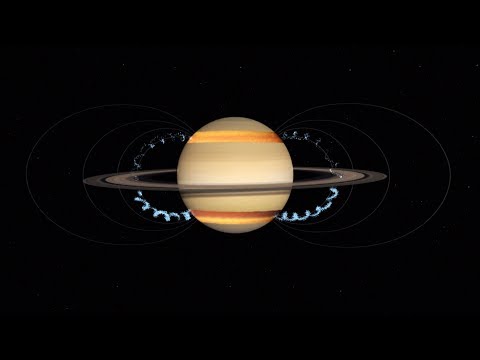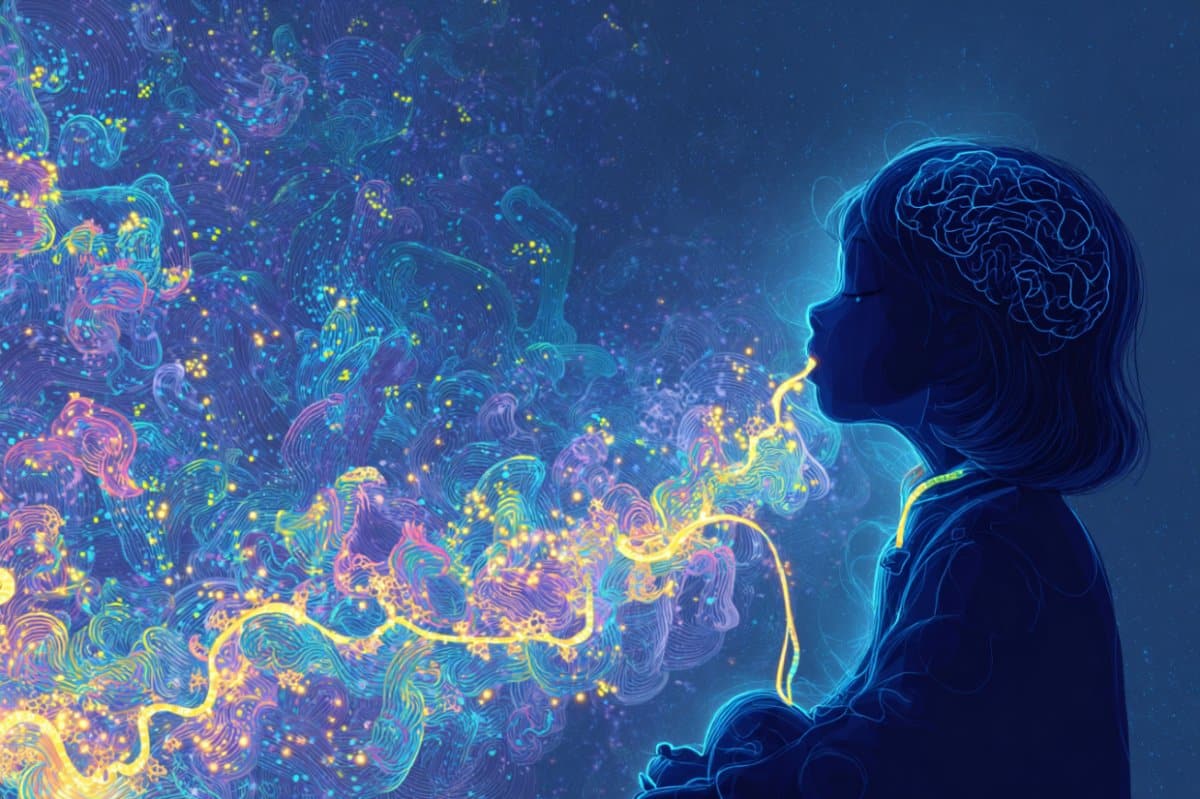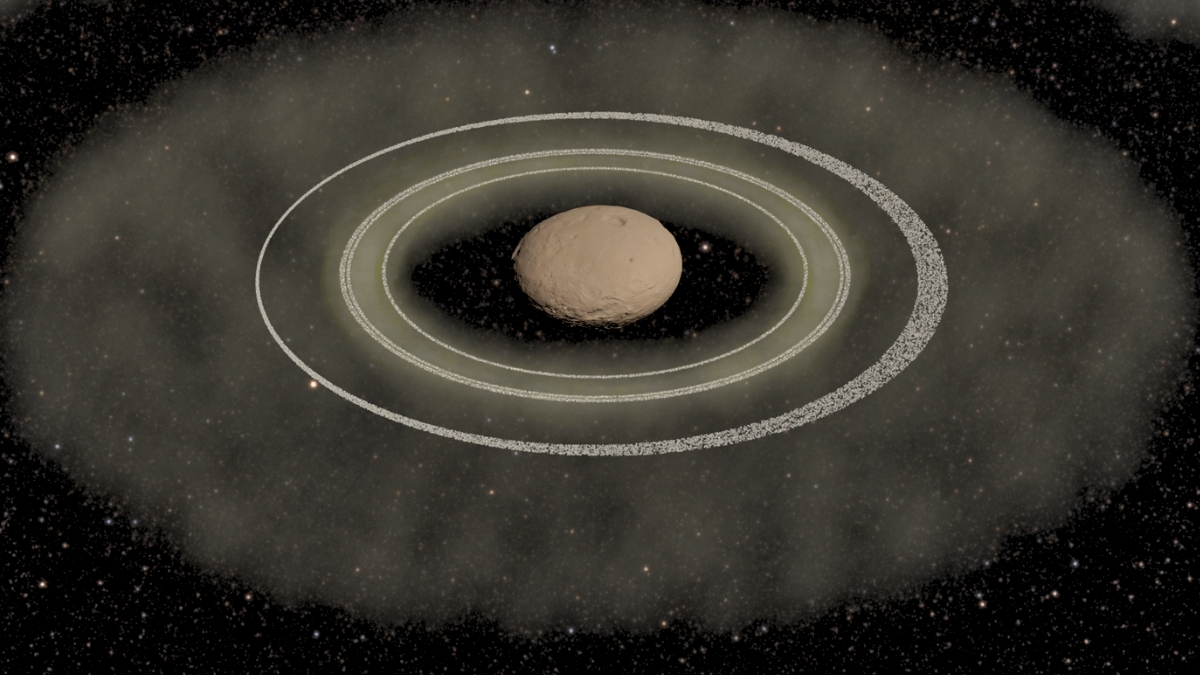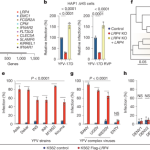New observations of a strange object that wobbles around the space between Jupiter and Uranus reveal what looks like a system of rings forming and evolving, even as we watch.
The object, named Chiron, is a chunk of rock shaped a bit like a jelly donut, measuring around 210 kilometers (130 miles) across at its widest point.
The discovery that its rings are changing does nothing to dispel its reputation as one of the oddest objects in the Solar System.
Based on data obtained as Chiron passed in front of a star in 2023, these changes might be discernible over mere years to decades, suggesting, at the very least, a wildly dynamic environment around the object.
Related: This Strange Comet-Asteroid Hybrid Is Like Nothing Else in The Solar System
Chiron belongs to a population of objects known as the centaurs, a group of minor planets that orbit the Sun between Jupiter and Neptune on elliptical paths that cross the orbit of at least one of the gas or ice giants. It behaves both like a comet and an asteroid, and multiple observation sets suggest that it has rings, like a mini version of the ringed planets.
Because Chiron is so distant and dim, it’s hard to study in detail. But every so often, it passes in front of a bright star, backlighting the space around it in an event known as an occultation.
There’s still a limit on the level of detail astronomers can obtain from an occultation, but one good thing is that it lights up the space immediately around Chiron, too.
On 10 September 2023, a stellar occultation of Chiron took place. It lasted just a few seconds, but a total of 31 observation sites across South America cooperated to obtain images of this event with exquisite precision.
“When Chiron passed in front of a distant star, its light was dimmed not only by the main body but also by multiple structures surrounding it,” explains astronomer Chrystian Pereira of the National Observatory in Brazil. “So, we were able to map this system in unprecedented detail.”
In addition to the dip in starlight as the body of Chiron eclipsed the distant star, the astronomers recorded three distinct signals representing rings orbiting the centaur at radii of 273, 325, and 438 kilometers.
It’s thought that the inner two of these rings may be too close to Chiron to remain undisturbed by its gravity. In addition, the data revealed a broader, disk-like structure extending between 200 and 800 kilometers, and a newly detected faint signal at around 1,380 kilometers.
This is quite different from a 2023 analysis of the data obtained from a 2018 occultation led by astronomer Amanda Sickafoose of the Planetary Science Institute in the US.
Both teams – Pereira’s and Sickafoose’s – believe that ongoing observations reveal significant changes constantly churning in the space around Chiron. It seems likely that the disk, for example, formed as recently as 2021, when the object underwent a period of brightening as it ejected material, comet-style.
 frameborder=”0″ allow=”accelerometer; autoplay; clipboard-write; encrypted-media; gyroscope; picture-in-picture; web-share” referrerpolicy=”strict-origin-when-cross-origin” allowfullscreen>
frameborder=”0″ allow=”accelerometer; autoplay; clipboard-write; encrypted-media; gyroscope; picture-in-picture; web-share” referrerpolicy=”strict-origin-when-cross-origin” allowfullscreen>“We are seeing the aftermath of a recent event,” Pereira’s team says. “The material ejected by Chiron appears to be gradually settling in the object’s equatorial plane, being shaped by gravitational resonances and collisions, forming the rings we see today. It’s as if we’ve found the missing link, observing an intermediate stage in the formation of a ring system.”
Although it’s smaller than a planet, Chiron could be a natural laboratory for learning about how ring systems form, change, and behave, its wacky shenanigans informing research into the dynamics of rings around other objects, such as Quaoar, Haumea, and Chariklo.
“We may be witnessing the ongoing formation of a ring system around a small body,” the researchers write in their paper.
“Chiron may thus represent a rare observational window into an intermediate evolutionary phase, offering a potential missing link in the formation pathway of ring systems around small Solar System bodies.”
The results have been published in The Astrophysical Journal Letters.
First Appeared on
Source link













